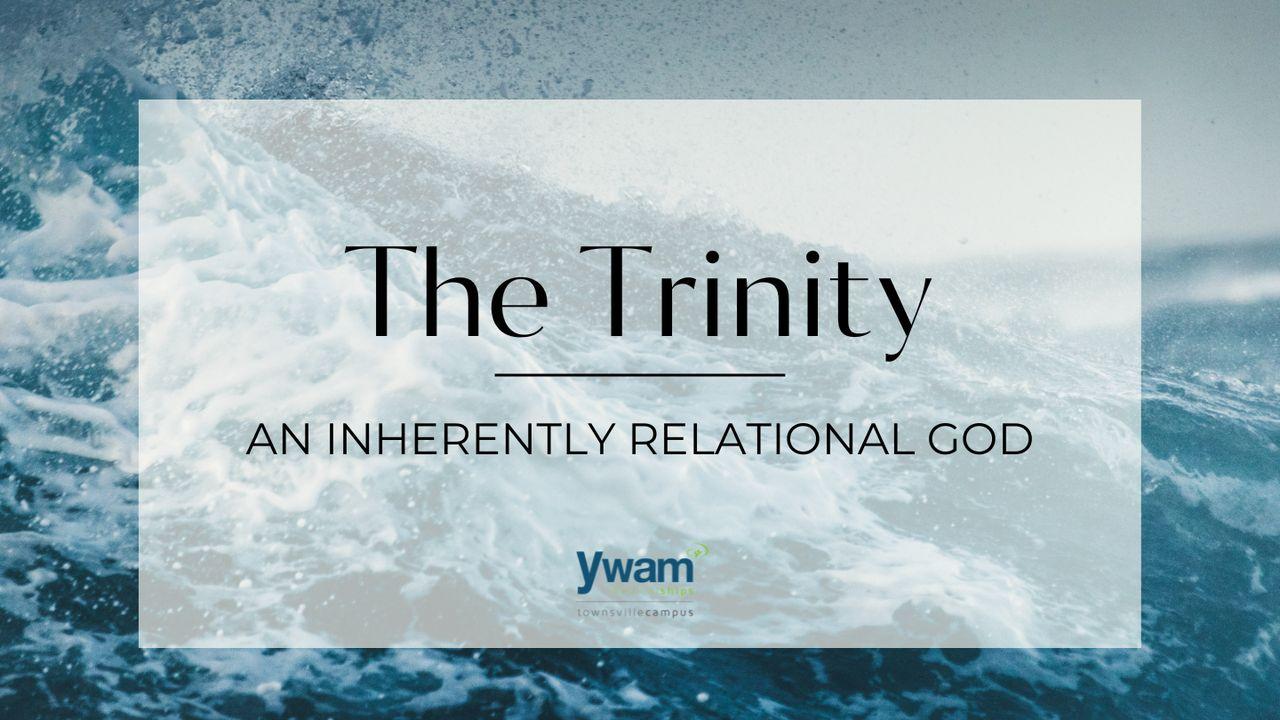Plan Info
The Trinity: An Inherently Relational GodSample

Although the word "Trinity" is never found within the Bible, it is filled (all the way back from the beginning) with evidence of His Work and existence. For example, Genesis 1 says:
“In the beginning God created the heavens and the earth. Now the earth was formless and empty, darkness was over the surface of the deep, and the Spirit of God was hovering over the waters.”
Here we can clearly see right off the bat both God and Spirit working together at Creation. In addition to this, the New Testament also teaches us that Jesus was present at this moment of Creation as well, such as in Colossians 1:15-17 which says this:
“The Son is the image of the invisible God, the firstborn over all creation. For in him all things were created: things in heaven and on earth, visible and invisible, whether thrones or powers or rulers or authorities; all things have been created through him and for him. He is before all things, and in him all things hold together.”
Before the creation of the world therefore we have God the Father, God the Son, and God the Holy Spirit all working together as One.
When Jesus enters the human story, Biblical references to the Trinity really ramp up. One very famous example would be with the baptism of Jesus found in Matthew 3: 16-17 :
“As soon as Jesus was baptized, he went up out of the water. At that moment heaven was opened, and he saw the Spirit of God descending like a dove and alighting on him. And a voice from heaven said, “This is my Son, whom I love; with him I am well pleased.”
Here we obviously have the Three Persons of the Trinity interacting within one specific moment in history. It’s very clear.
Then, we can go on to compare this to the very end of Jesus’s Life on Earth, after He had lived, died, and was resurrected. Right before His Ascension into Heaven, He said in Matthew 28: 18-20;
“Then Jesus came to them and said, “All authority in heaven and on earth has been given to me. Therefore go and make disciples of all nations, baptizing them in the name of the Father and of the Son and of the Holy Spirit, and teaching them to obey everything I have commanded you. And surely I am with you always, to the very end of the age.”
Then, in John 20: 21-22 we come to this incredible piece of Scripture:
“Again Jesus said, “Peace be with you! As the Father has sent me, I am sending you.” And with that he breathed on them and said, “Receive the Holy Spirit.”
Here we have again (as clear as day!) the interaction of all Three Persons within the Trinity. Jesus said He was sent by the Father, and He breathed the Holy Spirit on them – it is such a beautiful and incredible image!
The traditional Christian view of the Trinity is therefore like three sides of a triangle:
- God is Three Persons
- Each Person is fully God
- There is One God
We will unpack and explore more of what this means, and how we can apply these truths to our lives, in the days to come.
To finish up today’s study, spend some time thinking through or journaling answers to the following questions:
Why does it matter that all Three Persons of the Trinity were present at Creation?
Can you think of anywhere else in the Bible where two or three Persons of the Trinity are interacting with one another?
In your experience, which Person of the Trinity has had the most emphasis? Which has had the least? Why do you think that is?
What do these passages teach us about the relationship between each Member of the Trinity?
About this Plan

In order to know God, we must understand the Trinity: one God as Three Persons, an inherently Relational Being. This Plan examines the Three Persons of the Trinity. Looking at this Relationship teaches us valuable and ap...
More
We would like to thank YWAM MEDICAL SHIPS for providing this plan. For more information, please visit: https://ywamships.org/
Related Plans

The Hopeful Activist: Love, Justice and Discovering the Change You Were Made to Bring

More Than Just Love: A Devotional for Parents

Each One Reach One

5 Mistakes Godly Dads Avoid or Overcome

Your Life Journey

Growing in the Knowledge of God

The Apostle's Fast in the Ancient Faith

Tracing God's Story: New Testament

How to Embrace Your Identity in Christ
